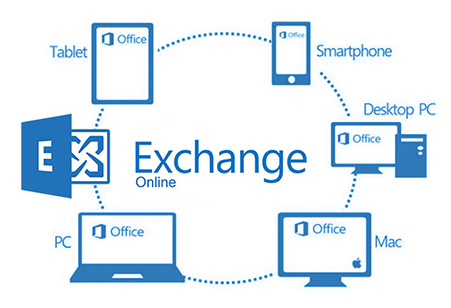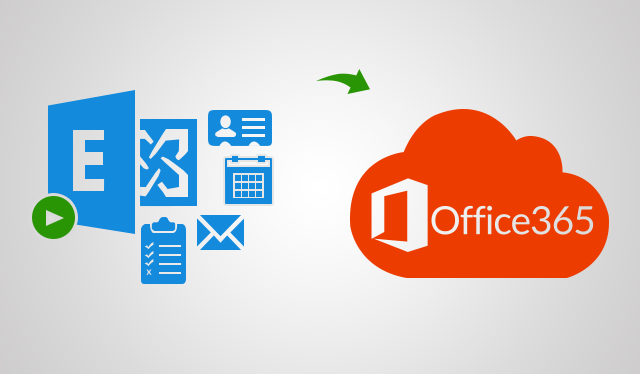

This is a key differentiator from Microsoft Exchange – if there’s a fire or theft at your offices, you’ll have to pick up the pieces yourself. By backing up your valuable assets online, you can easily access all the information you need should your on-premise replications face a disaster. Office 365 is a key tool for effective disaster recovery. So, how can you ensure that your assets are safe in the event of a disaster? After all, money can fly out the window fast when your IT systems fail. Disaster recoveryĭisaster recovery is a danger every business must prepare for.

The speed and instantaneous updates with Office 365 also means the latest features are in the hands of your employees right away. This can also require downtime which isn’t the case with Office 365 updates. With Exchange, the burden of performing security updates rests on the shoulders of your IT department. (If you work with a Microsoft partner, they may also be able to provide extra layers of security such as encryption and access controls for email attachments.) With an Office 365 email solution, for example, you receive automatic updates against newly discovered security threats, built-in protection against data loss, and adherence to security standards such as ISO27001 – offered as standard by Microsoft to all Office 365 customers. In reality, however, keeping this level of control also means taking on the resource and time burden of configuring and updating security solutions and business continuity plans.įor many small businesses, relinquishing control and responsibility can be a positive thing – so long as their cloud provider can provide best-in-class security measures and has the ability to comply with any laws or regulations relevant to their line of work. With cloud solutions, security generally rests with the provider, and some businesses perceive the lack of control as too great a risk for them to take. This is where the age-old debate of hosted versus cloud solutions security rears its head. With Microsoft holding the market share for business email, we take a look at key differences between Microsoft Exchange Server and Office 365 – the hosted, or on-premises solution, versus the cloud version. With other statistics showing that 90% have adopted the cloud for at least some of their business applications, it appears that for some businesses the decision on whether to let go of their legacy or hosted email system remains a challenge. Gartner statistics show that cloud email adoption is still in its early stages (at just 13% for publicly listed companies) but is starting to gain significant traction. If you’re currently looking into your firm’s email strategy and considering whether to stay with Microsoft Exchange Server or move to Office 365 (or another cloud email solution), you’re probably not alone. Resources & insights Office 365 vs Exchange Server for email: what’s the difference?


 0 kommentar(er)
0 kommentar(er)
